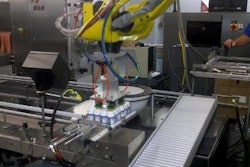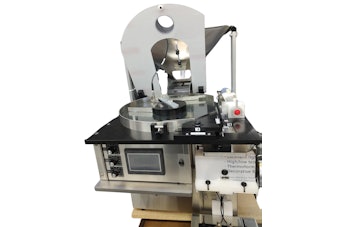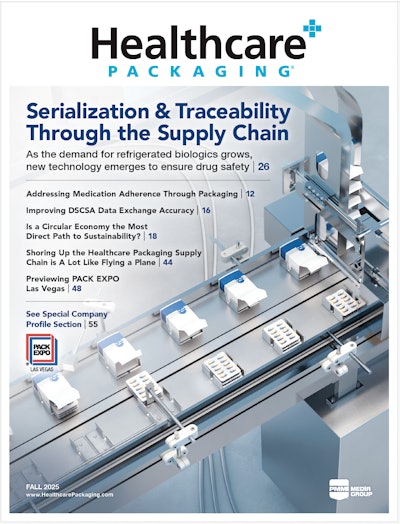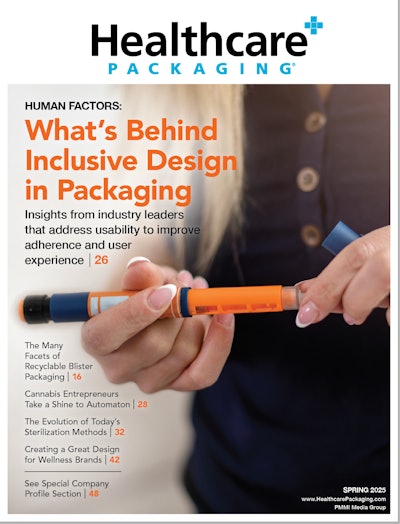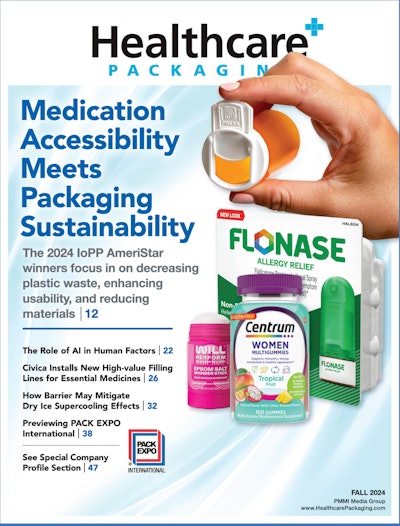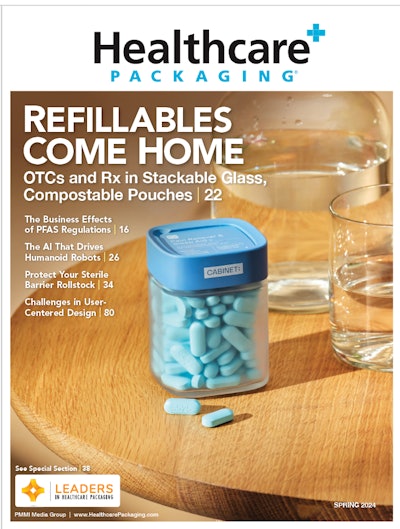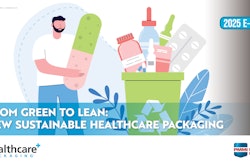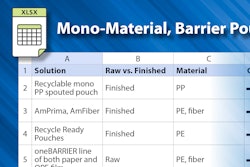
Plastic containers often display cosmetic defects such as inclusions, spots, or discoloration that do not necessarily affect the integrity of the product, but may trigger a negative impression from the consumer.
Molded plastic parts may contain foreign contaminants, including dirt, fibers, hair, insect parts, glass and metal particles, and other polymers. Poor dispersion of normal components of the polymer formulation, particularly fillers and pigments, can also result in surface blemishes. Microanalytical techniques can be used to identify the contaminant, and sometimes provide a clue as to the source of the contamination. Under a stereomicroscope, portions of the contaminant material can be isolated from the normal polymer matrix by a skilled analyst using a surgical scalpel. The contaminant material can then be analyzed and identified by a number of microanalytical techniques, and can also be compared to suspected source materials that are provided by the molder.
In one instance, a contract packager for a pharmaceutical product received a shipment of polypropylene bottles, which were supposed to be pure white in color, but displayed numerous black swirls all over the surface.
After cross-sectioning a heavily contaminated portion of the bottle, it was found that the black color permeated the entire thickness of the bottle wall, which suggested that the black contaminant was present in the molten resin, as opposed to a surface contaminant that was introduced after the bottle was molded. A sample of the black material was further analyzed by infrared spectroscopy, which provided its chemical fingerprint and identified it as polyethylene.
Discussions with the molder revealed that the bottle-molding equipment had not been properly cleaned after a previous run of black polyethylene resin. The contract packager was able to avoid paying for a shipment of contaminated product, as the defects were clearly the fault of the molder.
--Article supplied by Mary Stellmack, senior research chemist, McCrone Associates, Inc., the analytical services division of The McCrone Group.
Molded plastic parts may contain foreign contaminants, including dirt, fibers, hair, insect parts, glass and metal particles, and other polymers. Poor dispersion of normal components of the polymer formulation, particularly fillers and pigments, can also result in surface blemishes. Microanalytical techniques can be used to identify the contaminant, and sometimes provide a clue as to the source of the contamination. Under a stereomicroscope, portions of the contaminant material can be isolated from the normal polymer matrix by a skilled analyst using a surgical scalpel. The contaminant material can then be analyzed and identified by a number of microanalytical techniques, and can also be compared to suspected source materials that are provided by the molder.
In one instance, a contract packager for a pharmaceutical product received a shipment of polypropylene bottles, which were supposed to be pure white in color, but displayed numerous black swirls all over the surface.
After cross-sectioning a heavily contaminated portion of the bottle, it was found that the black color permeated the entire thickness of the bottle wall, which suggested that the black contaminant was present in the molten resin, as opposed to a surface contaminant that was introduced after the bottle was molded. A sample of the black material was further analyzed by infrared spectroscopy, which provided its chemical fingerprint and identified it as polyethylene.
Discussions with the molder revealed that the bottle-molding equipment had not been properly cleaned after a previous run of black polyethylene resin. The contract packager was able to avoid paying for a shipment of contaminated product, as the defects were clearly the fault of the molder.
--Article supplied by Mary Stellmack, senior research chemist, McCrone Associates, Inc., the analytical services division of The McCrone Group.





